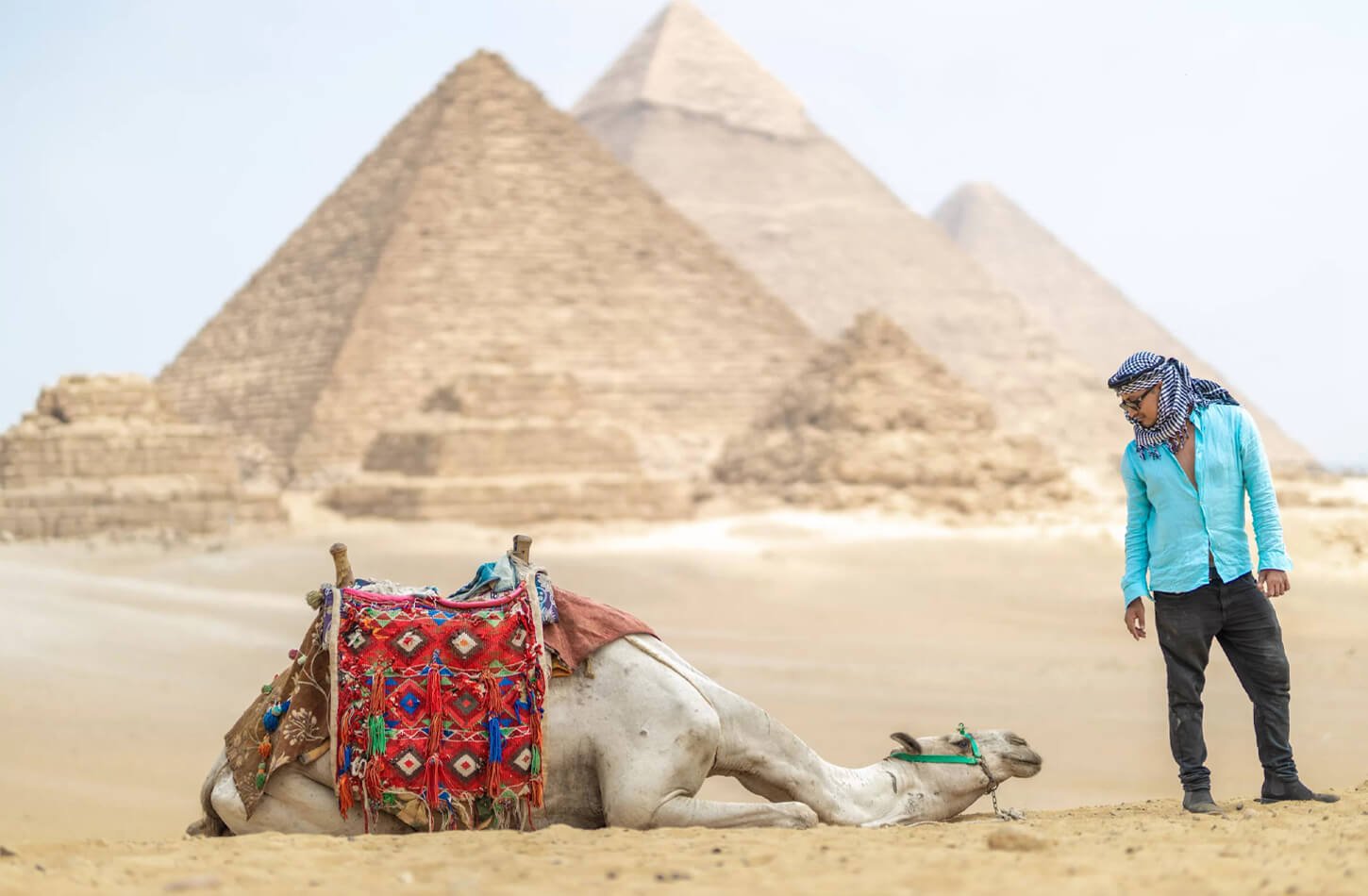
Standing at the edge of the Sahara, watching the sun rise over the Great Pyramid of Khufu, I felt time collapse. Four thousand five hundred years—older than any nation, any modern city—those stones had watched over civilizations rise and fall. You’re not just visiting a landmark here; you’re stepping into a story that began in 2613 BC. These are the only Ancient Wonder still standing, and their power? It’s real. The moment you see them stretch across the Giza Plateau, you’ll understand why they’ve drawn explorers for millennia.
Imagine this: You’ll walk where pharaohs were buried, where workers once hauled two-ton blocks under desert skies. The Pyramids of Giza aren’t just Egypt travel highlights—they’re a bridge to a world where gods and kings were one. And today, you can stand there too, with fewer crowds than ever before. This guide will show you how to make that magic yours—from budgeting for your private hire car (around $75 USD for six hours) to timing your visit when the light turns the limestone golden at sunset.
Ready to unravel secrets? Let’s start with the basics: the pyramids are just 9 miles southwest of Cairo, but their stories stretch across 5,000 years. This article’s your map—no more getting lost in ticket queues or missing the Tomb of Meresankh III (reopened after 25 years!). Whether you’re booking a guided tour or planning your camel ride at dawn, I’ll help you turn those postcards into memories. Because seeing the Sphinx’s weathered face up close? That’s the moment you’ll remember forever.
Imagine walking through the heart of Ancient Egypt landmarks where history whispers through every stone. The Pyramid of Khufu, the largest of the Pyramid complex of Giza, stands as a testament to human ingenuity. Built around 2570 BC, it once soared 481 feet—taller than any structure on Earth for millennia. How did ancient builders lift 2.3 million stone blocks, each weighing up to 15 tons, without modern tools? Archaeologists still debate theories of ramps, sleds, and precise teamwork.
These pyramids weren’t just tombs—they were celestial maps. Khufu’s pyramid aligns with Orion’s Belt, hinting at cosmic reverence. Nearby, Khafre’s pyramid, flanked by the Sphinx, and Menkaure’s smaller but intricate monument, reveal evolving architectural styles. Each stone block fits tighter than a credit card, showcasing precision lost to time.
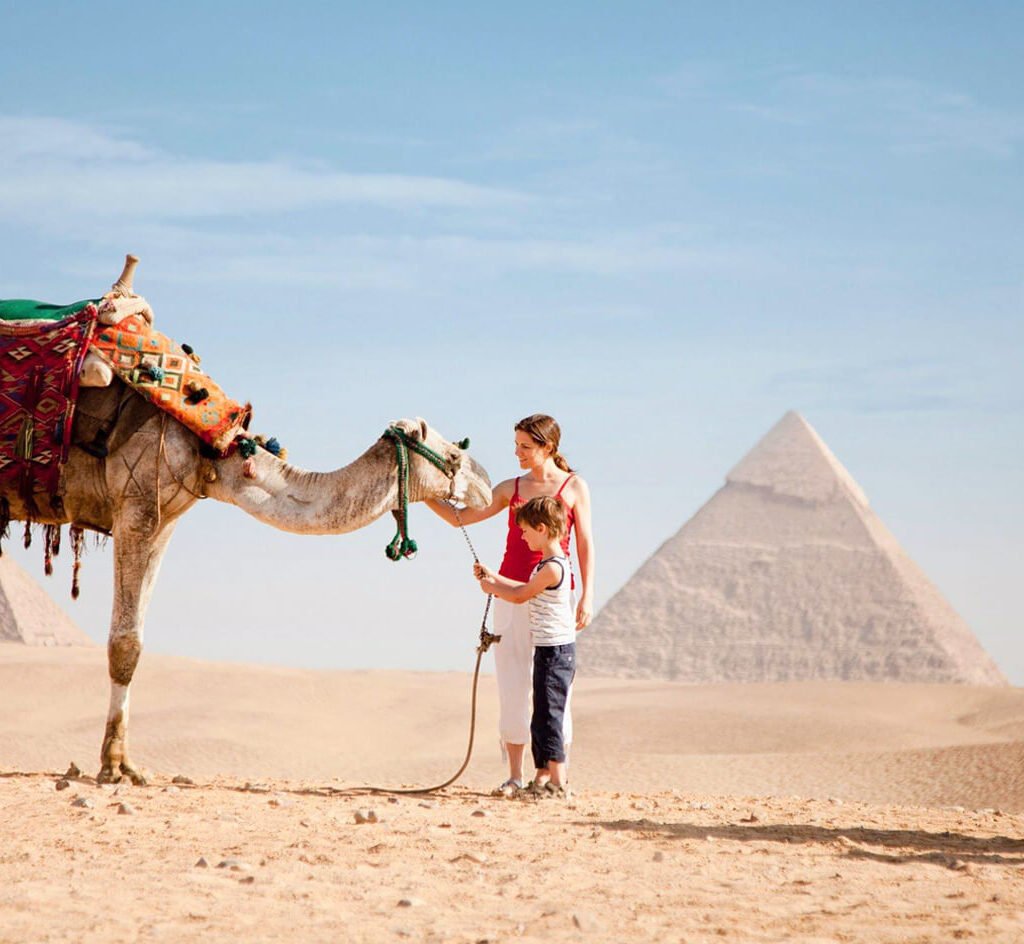
Recent scans using cosmic rays uncovered hidden chambers—like a 98-foot void found in 2023. This Pyramid complex of Giza isn’t just a relic; it’s a living puzzle. Wander its sands, and you’ll touch stories of 10,000 laborers who carved their legacy into stone. Their tools may be simple, but their vision was limitless.
Planning your Egypt travel? Timing is everything when Exploring the Pyramids of Giza. I’ll share the best times to visit for a great experience without the crowds or heat.
In winter (December–February), it’s cooler, with temperatures between 15–22°C. The best time for clear skies is midday (10 am–noon). Morning haze usually clears by 10 am, perfect for the best light for photos! But, winter is peak season, so book early for Tourist attractions in Egypt like this site.
Summer (June–August) can be very hot, reaching 40°C. Visit in the early morning to 10 am. Arrive by 8 am to avoid the tour buses. By noon, it gets too hot and crowded—consider visiting the nearby Egyptian Museum instead. Spring and fall (March–April and October–November) have mild temperatures, but book early as these seasons are getting more popular.
Weekdays are better: Fridays and Saturdays have more locals. Visit midweek for fewer people. Start at the Giza Plateau’s entrance by 8 am, then explore quieter spots like the Sphinx by 11 am. The 3km trek to Panoramic Point is best in cooler mornings.
Photographers, aim for sunrise to 10 am for golden light on the pyramids. Avoid late afternoon for the Sphinx; its face gets shadowed. And remember, climbing the pyramids can lead to a 3-year prison term—stay on authorized paths.
Whether it’s your first time or you’ve been before, visiting at the right time makes all the difference. Pair your Exploring the Pyramids of Giza with Cairo’s markets. Just avoid the midday heat. Ready to make every moment count? Your journey through history begins here.
Getting to the Pyramid complex of Giza is easier than you might think. A taxi or Uber from Cairo’s downtown takes about 30 minutes. But, traffic can make it an hour long. Public buses are cheap at just 15 cents, but private tours offer a smoother ride.
I booked a small-group tour for $150 USD. It included a guide and van, ideal for those new to Giza Pyramids tours. This way, you get all the context you need.
Tickets start at 700 EGP ($14 USD) for basic access. To see the Great Pyramid’s tunnels, add 440 EGP ($44 USD). It’s a must for history lovers. The smaller pyramids cost 100 EGP ($10 USD) each.
Arrive at 8 AM when the gates open. The early light and fewer crowds make the ancient stones feel timeless. Don’t forget to bring water, sunblock, and small bills for tips.
The on-site restaurant isn’t worth the cost; pack snacks instead. Guides cost 200–300 EGP and share fascinating stories about the pyramids’ construction. Security checks are strict, so leave large bags at your hotel.
Consider visiting nearby attractions in Egypt, like the Sphinx or the Solar Boat Museum. The pyramids’ magic is in their scale. Spend 3–4 hours to fully appreciate this 4,500-year-old wonder. Let your visit start with a well-planned trip.
Packing smart is key for a memorable Egypt travel experience. When preparing for Exploring the Pyramids of Giza, focus on comfort and respect for local customs. I’ve learned through trial and error—here’s your guide to packing like a seasoned traveler:
Clothing essentials: Opt for loose-fitting cotton or linen fabrics—they breathe best in the desert heat. Women should bring maxi-skirts, long dresses, or palazzo pants paired with a pashmina for modesty. Men: go with knee-length shorts or lightweight slacks. Skip sleeveless tops or shorts above the knee to blend respectfully with Egyptian culture. A wide-brimmed hat and UV-protection sunglasses are must-haves for shielded sightseeing.
Footwear matters: Skip open sandals or high heels. Invest in sturdy walking shoes—those limestone paths are uneven! I’ve seen hikers regret flip-flops after a few hours. Breathable sneakers or leather walking shoes work best. Pro tip: test your footwear on cobblestones before packing.
Sun survival kit: SPF 30+ sunscreen, reusable water bottle, and a cooling neck scarf. The desert sun here is relentless—reapply sunscreen every two hours! Bring electrolyte tablets for hydration. Avoid white clothes; sand and dust cling to lighter fabrics.
Photographers, note this: cameras are welcome, but tripods cost an extra 20 EGP. A polarizing filter cuts glare on stone surfaces. Pack a microfiber cloth to wipe lens smudges from desert winds.
Layer for temperature swings. Even in summer, evenings can chill to 60°F—throw a light fleece in your bag. Winter visitors: pack a warm jacket for pre-dawn tours when temperatures dip to 40°F.
Lastly, carry 25 USD in cash for visa fees and small tips. Local guides appreciate 5-10 EGP for pointing out hidden viewpoints. With these tips, you’ll glide through Giza Pyramids tours like a local—ready to explore every corner without hassle!
Begin your adventure at the Pyramid of Khufu, the tallest pyramid. It stands 481 feet tall, the largest ever built. Visit at sunrise for a cooler desert and a golden glow on the limestone.
Explore the Pyramid complex of Giza next. Khafre’s pyramid seems bigger because of its higher base. Menkaure’s smaller but detailed tomb is a great place for a break under acacia trees.
For amazing views, go to Panoramic Point. Here, you can see all three pyramids and the Sphinx. Photographers often wait here for the sunset. You can also take a camel ride (start at EGP 30) for a unique photo.
Plan to spend at least three hours here. Take in the sights, feel the stones, and listen to vendors. The complex is huge, so wear comfy shoes and stay hydrated.
Standing near the Pyramid of Khufu, you might wonder what’s inside. I’ll share my experience. Entry is through a small hole on the north face. Tickets cost 900 EGP, a bit pricey compared to other pyramids.
After buying your ticket, you climb a 105-foot ramp to the Grand Gallery. The passage is narrow, and the climb is tough. But the view from the King’s Chamber is worth it. You’ll see an empty sarcophagus in a room without hieroglyphs.
The air inside is thick and hot, unlike the desert outside. The chamber’s age, over 4,500 years, is striking. The 2023 discovery of hidden chambers nearby adds to the mystery. Photography is allowed with phones, but no cameras.
The space feels almost sacred, a relic of a long-lost civilization. Yet, the interior’s simplicity might surprise you. It’s less grand than you might expect.
If you’re worried about claustrophobia or mobility, look at the exterior instead. But for those brave, the Pyramid of Khufu offers a unique experience. My advice? Visit early to avoid crowds. The cost and effort are worth the thrill of standing where Khufu’s legacy lives on.
Exploring the Pyramids of Giza isn’t complete without seeing this grand structure. It showcases Ancient Egypt’s architectural genius.
The Sphinx monument is just a short walk from the pyramids. It has watched over the plateau for over 3,500 years. Its weathered face and massive stone body tell stories of mystery.
Did you know its nose was likely damaged by 18th-century target practice? Travelers often stand in awe, tracing its face with their fingers. They feel the sandstone’s texture under their palms.
For the perfect photo, head to the viewing platform next to the Sphinx. At sunrise or sunset, the light bathes both the monument and the pyramids in golden hues. Try the iconic “kissing the Sphinx” shot—it’s a Tourist attractions in Egypt classic!
Nearby, the Valley Temple offers quiet moments. Its ancient stones once held rituals for Pharaoh Khafre’s mummification. This reminds us of death’s sacred role in Egyptian belief.
As you explore, let the Sphinx’s gaze guide you. Its half-human, half-lion form embodies the blending of human wisdom and animal strength. Ancient architects’ genius still puzzles experts today.
Take time to wander the sand-blown pathways. Every grain whispers tales of pharaohs and the laborers who built these wonders. This guardian isn’t just a statue—it’s a bridge to a civilization’s heartbeat.
Ever wondered what lies beyond the Great Pyramid? The Pyramid complex of Giza has secrets older than the crowds. The Solar Boat Museum, near Khufu’s pyramid, holds a 4,500-year-old cedar ship. It was meant for the pharaoh’s journey into the afterlife.
This ancient relic is preserved in a special chamber. It offers a glimpse into rituals you won’t find in books.
Did you know there are nine pyramids on the Giza Plateau? The smaller Queens’ Pyramids, like those of Khentkaus and Khufu’s wives, are often overlooked. They were built to guide royal women into the afterlife.
Exploring beyond the main path, you’ll find crumbling mastabas. These bench-shaped tombs belonged to high officials. Carvings on them tell stories of daily life, far from the crowds.
These Ancient Egypt landmarks are more than just relics. They are puzzles waiting to be solved. The workers’ village, with its mudbrick huts, shows how laborers lived during construction.
Imagine walking through a bakery or tool workshop, their foundations still intact. The plateau’s western edge also holds surprises. A limestone causeway leads to a minor temple, now half-buried in sand.
These spots are not just for history buffs. They are tourist attractions in Egypt that locals love. I’ve watched sunsets from Queen Hetepheres’ tomb, feeling the wind carry ancient chants.
Bring a water bottle and a map to explore these quieter corners. Here, you can touch Egypt’s soul without the noise. The past here is not just seen—it’s felt, in every hidden stone.
Visiting Giza and other Cairo spots makes your trip unforgettable. Begin at the Egyptian Museum, where ancient artifacts prepare you for Egypt. By 2025, the Grand Egyptian Museum will connect to the pyramids, offering a unique experience.
Day trips to Saqqara and Memphis reveal the pyramids’ history. Private tours, like those from Osiris Tours, offer a deep dive into these sites. Their guides share the evolution from Saqqara’s designs to Giza’s perfection.
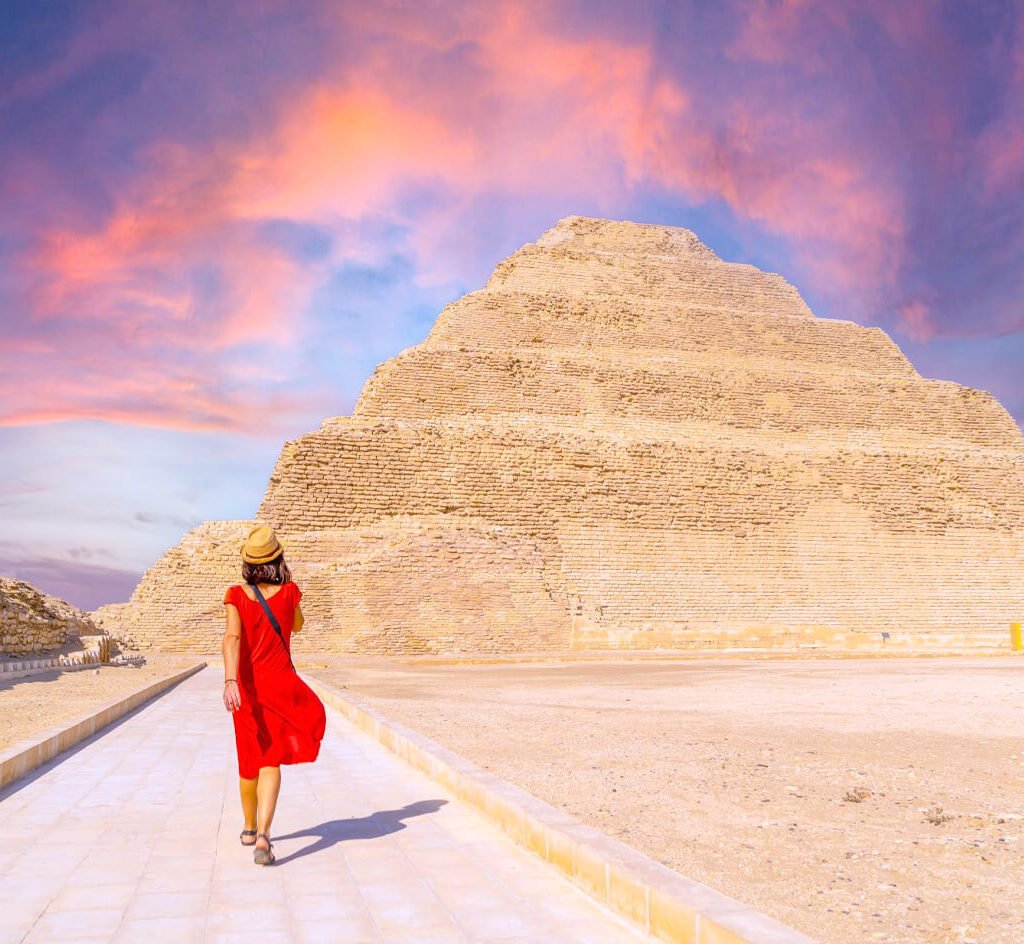
Stay at Le Meridien Pyramids Hotel for stunning views. Explore Dahshur’s Bent Pyramid and other attractions. These sites tell a story of ancient burial, engineering, and royalty.
Itineraries are flexible, allowing you to see the pyramids, museum, or enjoy a camel ride. Tours include AC transport, lunch, and entry fees. Prices drop for groups, and kids get a discount. You can also explore Jordan or Morocco for more history.
When Exploring the Pyramids of Giza, it’s key to respect local customs. Dressing modestly is a must, covering shoulders and knees, mainly in religious areas. Showing respect and curiosity is valued by the locals.
Always ask permission before taking photos of people. Saying “Mabrook?” (Arabic for “Is it okay?”) can lead to real connections.
Choosing the right Giza Pyramids tours is important. Look for tours that treat animals well, offering breaks and water. I’ve seen stressed animals at the pyramids. It’s better to choose guides who care for the animals.
Trust your gut feeling. If a camel ride seems unfair, walk away.
Safety is a big concern. Carry small bills for tips to avoid aggressive vendors. Use the tourist police (126) if you need help. They are near major sites.
Women traveling alone should stay in busy areas and avoid dark paths at night. Always have a copy of your passport for visa checks.
Stay hydrated during Egypt travel. Carry a reusable bottle and refill it at hotels. Learning simple Arabic phrases like “shokran” (thank you) helps a lot. Bargaining in markets is fun, but be fair. Start at 30% below the asking price.
Your trip through ancient history can also connect you with modern Egypt. It’s all about care and curiosity.
Exploring the Pyramids of Giza is a journey where ancient history meets modern wanderlust. Whether you wander at dawn to capture the pyramids’ towering shadows or linger at sunset as the limestone glows amber, every moment connects you to 4,500 years of human achievement. The Sound and Light Show, though unchanged since the 1960s, still draws crowds—some find it magical, others prefer the raw grandeur of the site without special effects. Arriving at 8 a.m. ensures cooler air and clearer photos, while midday sun reveals the Great Pyramid’s 2.3 million blocks in stark relief.
Remember the essentials: sunscreen, a reusable bottle, and curiosity. The Valley Temple’s ancient pathways and the Sphinx’s worn features whisper tales of pharaohs and workers. Even in crowds, find a quiet spot to let the scale overwhelm you—the Great Pyramid’s 146-meter height still defies logic. Photography tips? Shoot from the sand dunes for perspective, or frame the pyramids with the Nile’s blue sky behind.
Egypt travel to these Ancient Egypt landmarks demands respect for both past and present. The pyramids aren’t just stones—they’re a bridge to the first engineers, astronomers, and dreamers-builders. Whether you’re tracing hieroglyphs in the King’s Chamber or haggling for papyrus art from local craftsmen, every choice shapes your story. Pack patience, bring an open heart, and let the desert’s silence speak. The pyramids’ magic isn’t in their size—it’s in the lingering questions they ask of us all.
Read more related articles:

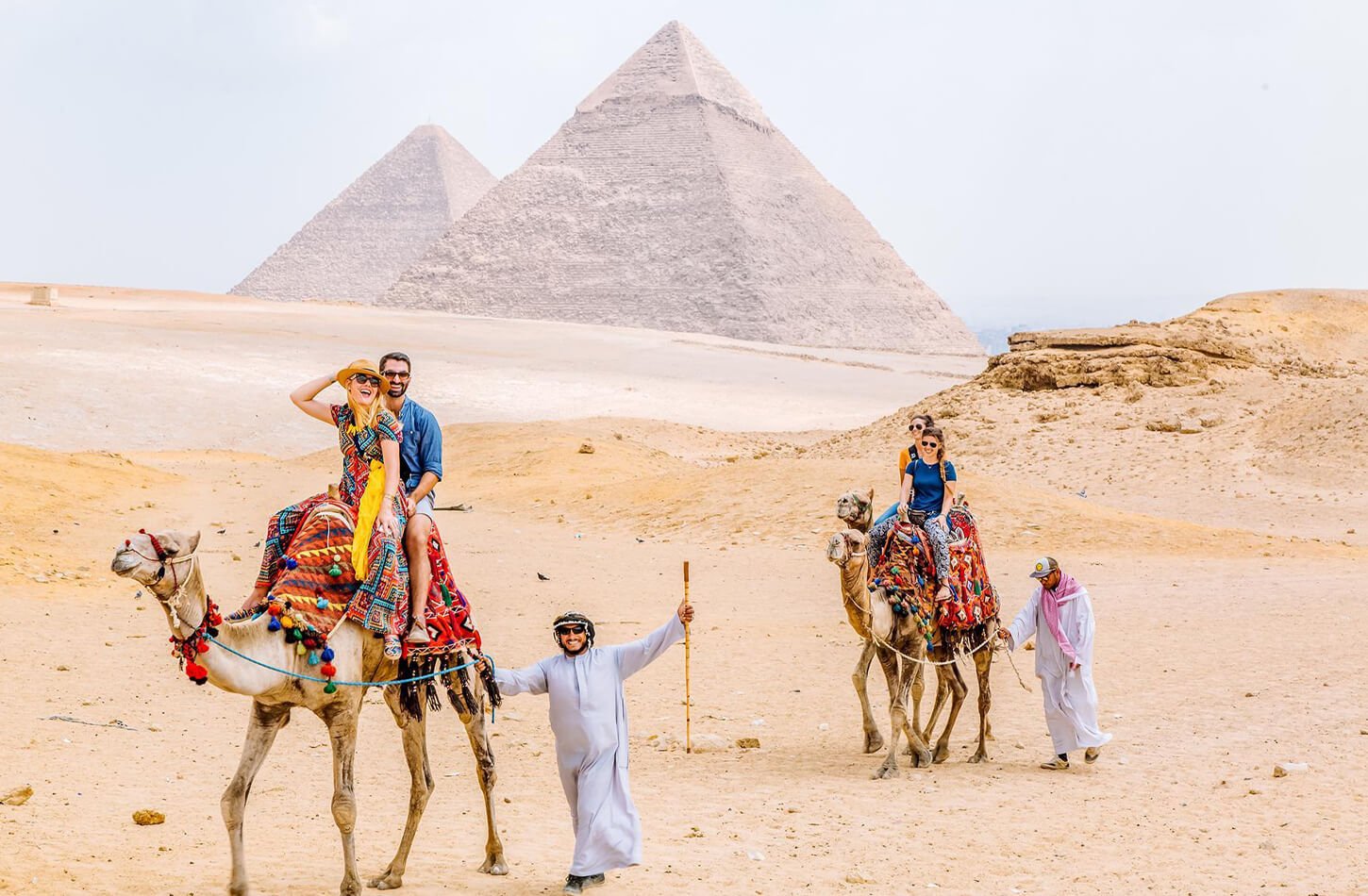
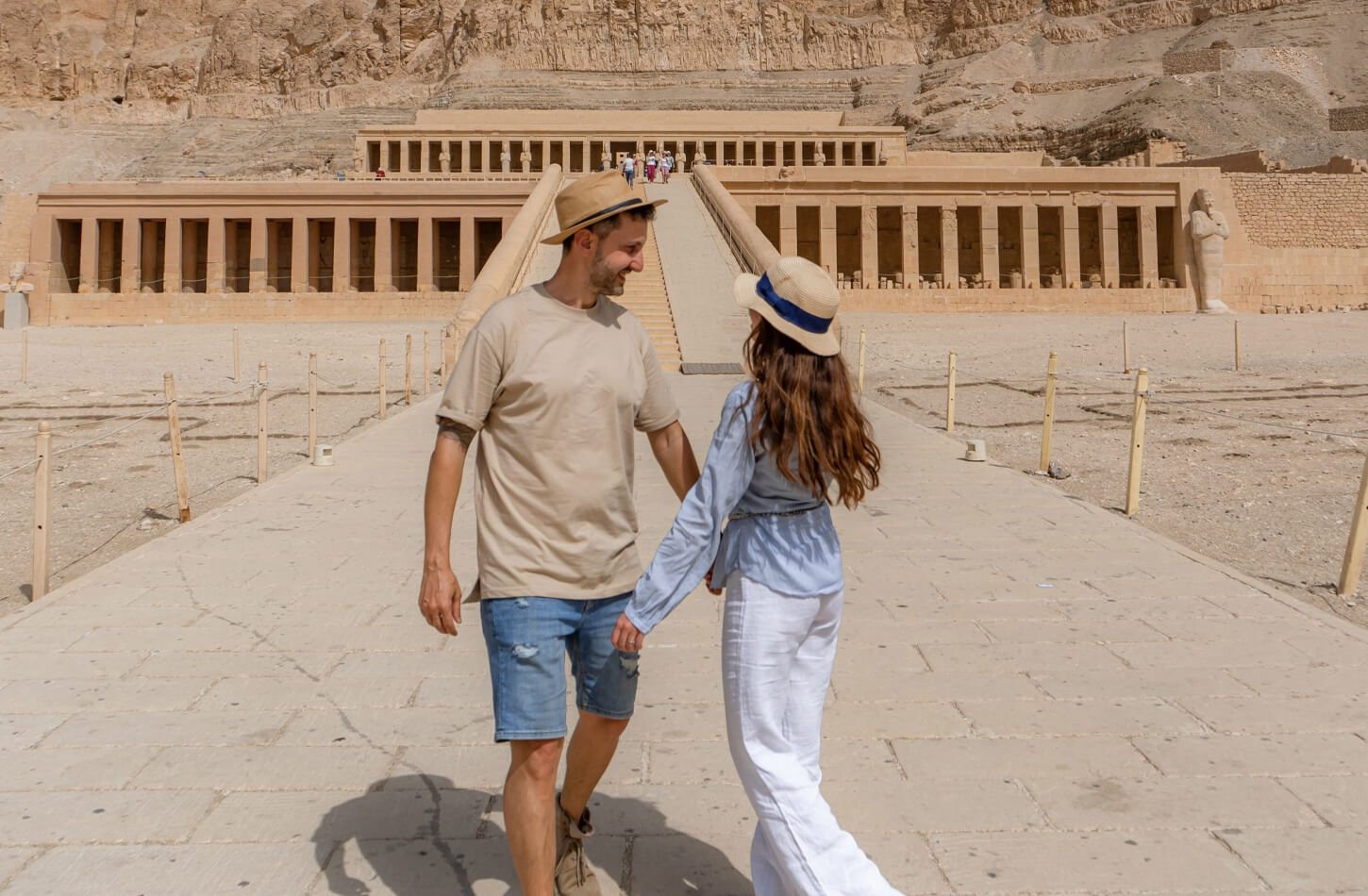
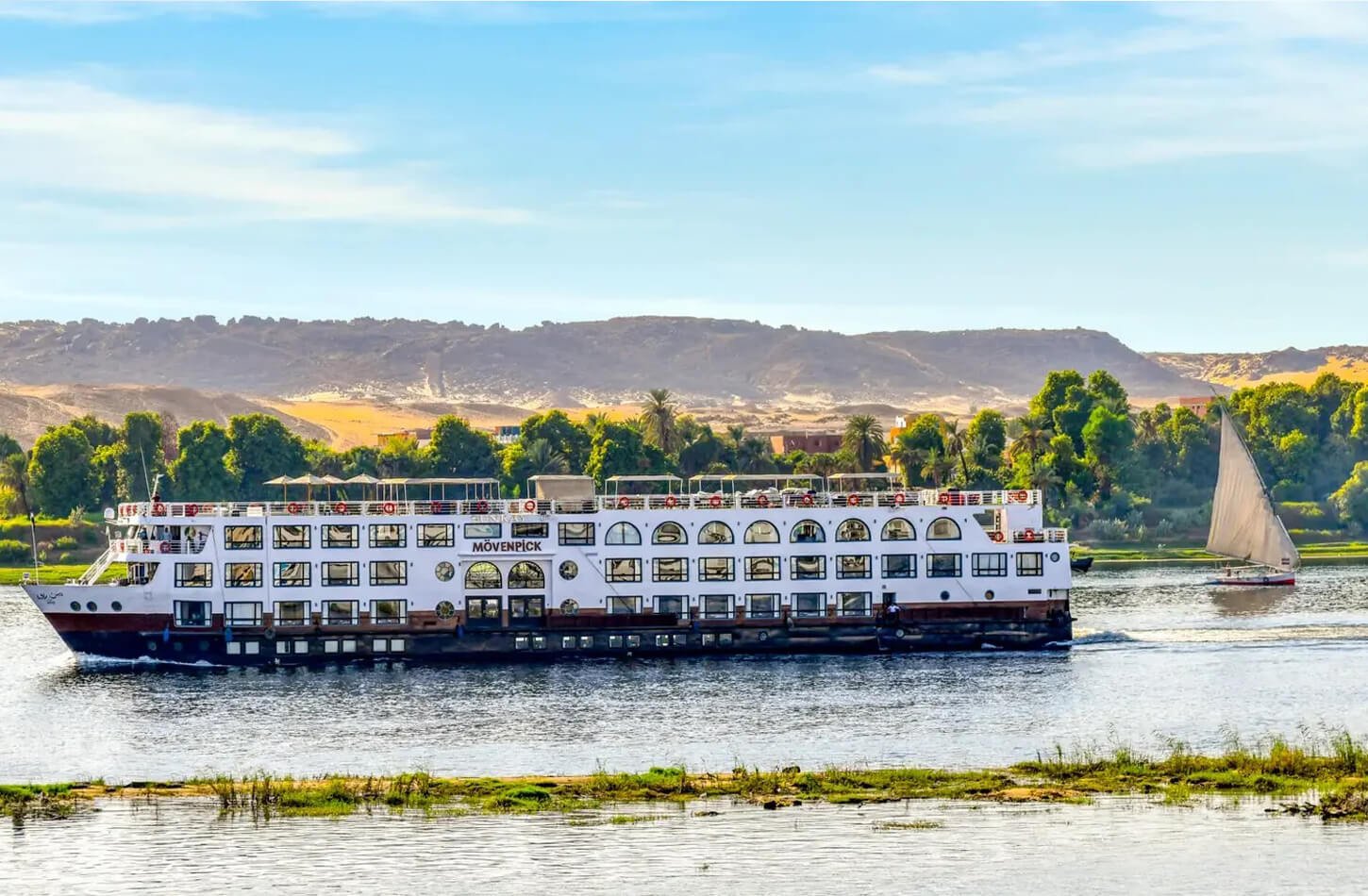


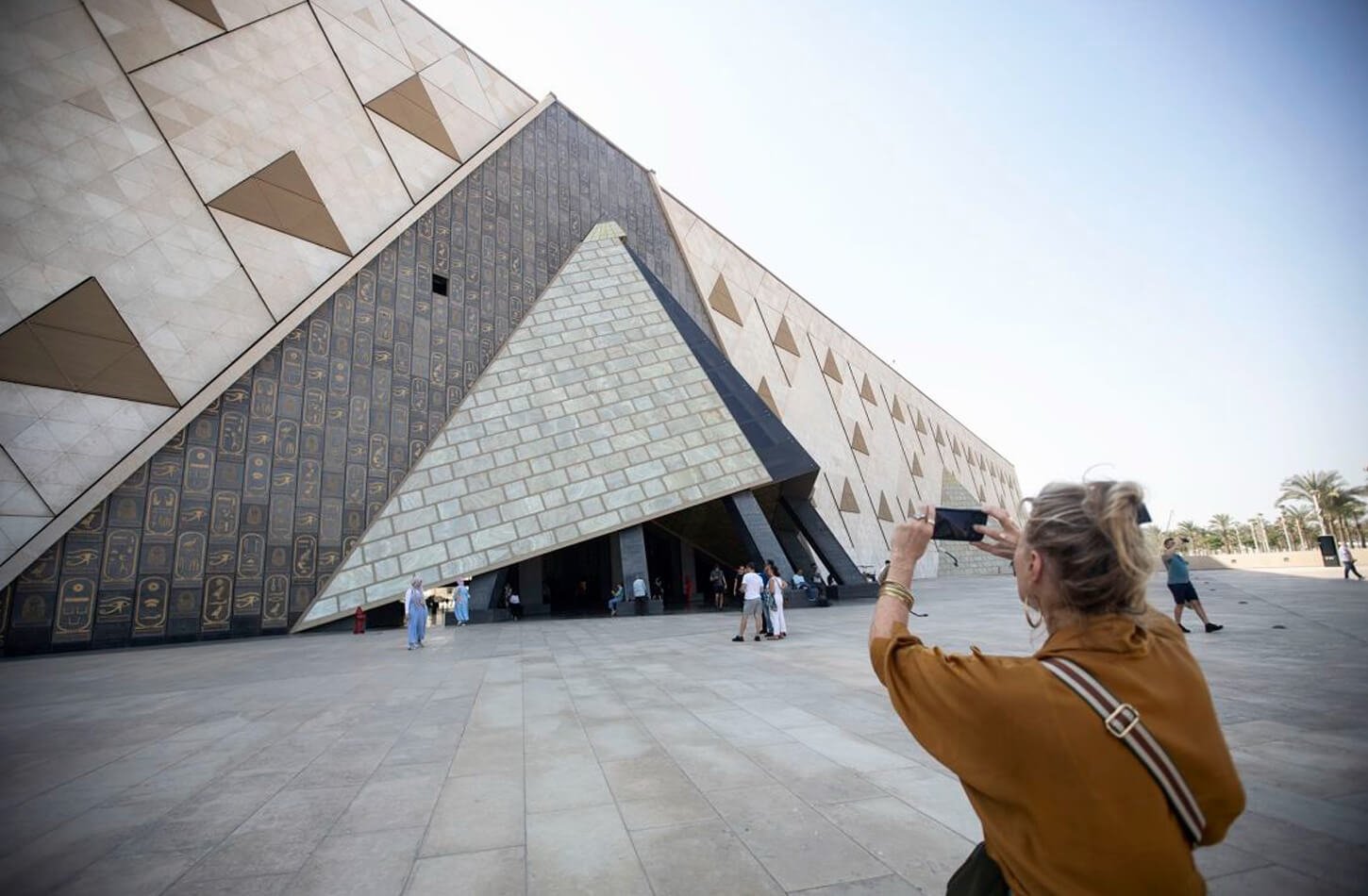
Don't just get there, get there in style.
Information
Follow Us
Payment channels
